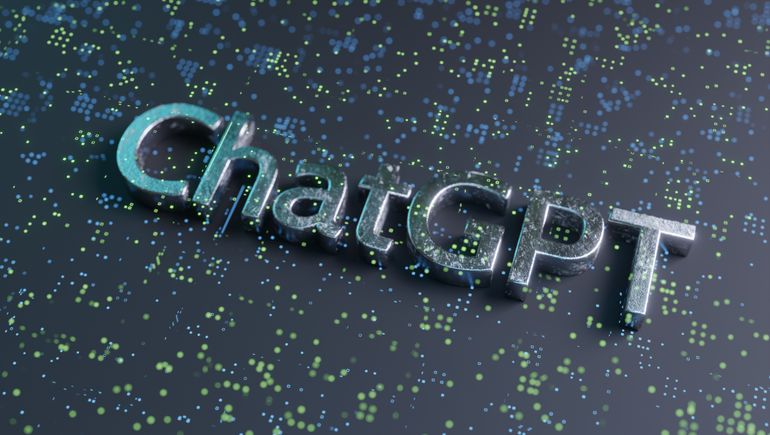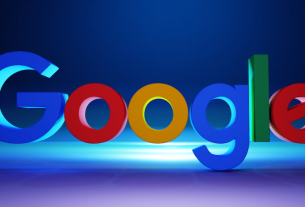OpenAI is scaling its popular large language model ChatGPT with the release of a pilot subscription model. Despite the hype, the model has created controversy in some industries as fears regarding misuse swirl.
The company launched a pilot subscription plan, ChatGPT Plus, priced at $20 a month on Wednesday. The day before, OpenAI released a text classifier to help users discern whether a piece of text was written by a human or generated by AI.
The text classifier is still a work in progress and is not always accurate. The classifier is likely to mislabel non-English text and text written by children due to the content the model was trained on, according to the announcement.
AI-generated text can also be edited to avoid detection.
As the publicity surrounding ChatGPT continues to swell, stakeholders have sounded alarms regarding inappropriate use of the large language model. The text classifier could serve as a tool to prevent automated misinformation campaigns and cheating, a well-documented concern for educators at every level.
ChatGPT does not always generate accurate information, but that does not stop users from using those responses.
Take academic misconduct for example. ChatGPT performed on the level of a C+ student, achieving a low but passing grade, on four real exams, at the University of Minnesota Law School, according to a study at the university. The tests included over 95 multiple choice and 12 essay questions.
ChatGPT earned a B in Constitutional Law, a B- in Employee Benefits, a C- in Taxation and a C- in Torts, the study found.
“In some cases, it matched or even exceeded the average performance of real students,” the report said. “On the other hand, when ChatGPT’s essay questions were incorrect, they were dramatically incorrect, often garnering the worst scores in the class.”
Cheating is not new and neither are text classifiers. Plagiarism detection software company Turnitin has licensed its software to universities and high schools since 1998, enabling professors and teachers to check student-submitted work against its database.
To keep up with the changing landscape, the company has started testing detection capabilities for AI-assisted writing.
“Our technology is already able to detect some types of AI-assisted writing, and we are in the midst of developing a user experience that can guide educators to identify and evaluate work with traces of AI-assisted writing,” Annie Chechitelli, chief product officer at Turnitin, said in an email.
Throughout the development process, the company has received feedback from the education community to ensure it’s building the capabilities educators need, including AI-writing detection and capabilities to use AI-writing as a teaching tool, a writing assistant or as an entry to teaching critical thinking, according to Chechitelli.
Chechitelli expects to launch new detection capabilities in a beta version in April, though an exact date is not set.
“At the moment, the product is still in testing and integration,” Chechitelli said. “We are being highly deliberate in developing and releasing a product that is effective for educators and academic institutions, one that educators can trust.”
Detecting AI copy
Currently, OpenAI’s text classifier correctly identifies only 26% of AI-written text and incorrectly labels human-written text as AI-generated 9% of the time.
“Our classifier is not fully reliable,” the company said in the blog post. “Our work on the detection of AI-generated text will continue, and we hope to share improved methods in the future.”
To test the accuracy of OpenAI’s text classifier, CIO Dive prompted ChatGPT 10 different times to compose original responses to prompts. One prompt, for example, asked it to “write three paragraphs on how sharks have symbiotic relationships” and another called for a “two page paper on the time period surrounding Jane Austen through a feminist lens.”
Once those ChatGPT-produced responses were added to OpenAI’s text classifier, half of the time it identified the text as “possibly to be AI-generated.”
In 1 in 5 tests, the classifier said it was “likely AI-generated” or “unclear if it is AI-generated.”
Once it said that the text was “very unlikely to be AI.” OpenAI did not respond to request for comment.
The business responsibility
As the technology behind AI-powered writing evolves, companies continue to look for ways to incorporate it into their business model, but issues arise when there is a lack of clarity. Some media companies have started using AI-powered tools to write published copy.
BuzzFeed has started toying around with AI-generated content. The company said the technology would move from research and development stages to part of its core business this year, Jonah Peretti, BuzzFeed founder and CEO, said in an announcement.
AI-powered tools will be used to build quizzes, assist brainstorms and personalize content for the audience. While BuzzFeed did not explicitly mention ties to OpenAI, internal messages reviewed by the Wall Street Journal said the company would rely on OpenAI’s technologies.
CNET began quietly posting AI-generated articles last year causing controversy over the lack of transparency.
“The case for AI-drafted stories and next-generation storytelling tools is compelling, especially as the tech evolves with new tools like ChatGPT,” CNET Editor in Chief Connie Guglielmo said in an announcement.
Many of the 78 AI-generated articles include correction notes citing incorrect information or plagiarism. Articles appeared to have bylines crediting journalists but have since been changed to appear under the CNET Money author page. The company also moved a disclosure statement for more visibility.
Businesses do not necessarily have an obligation to tell end users whether the content they are consuming is AI-generated, but it really depends on the context, according to Rajesh Kandaswamy, distinguished VP analyst at Gartner.
AI-generated descriptions of products, for example, would not need to be labeled as AI, but a summary of a doctor’s visit or advice from a wealth manager generated by AI should be explicitly stated as AI-generated, Kandaswamy said.
“You really should not give the impression that it’s coming from a real person in those cases,” Kandaswamy said.



